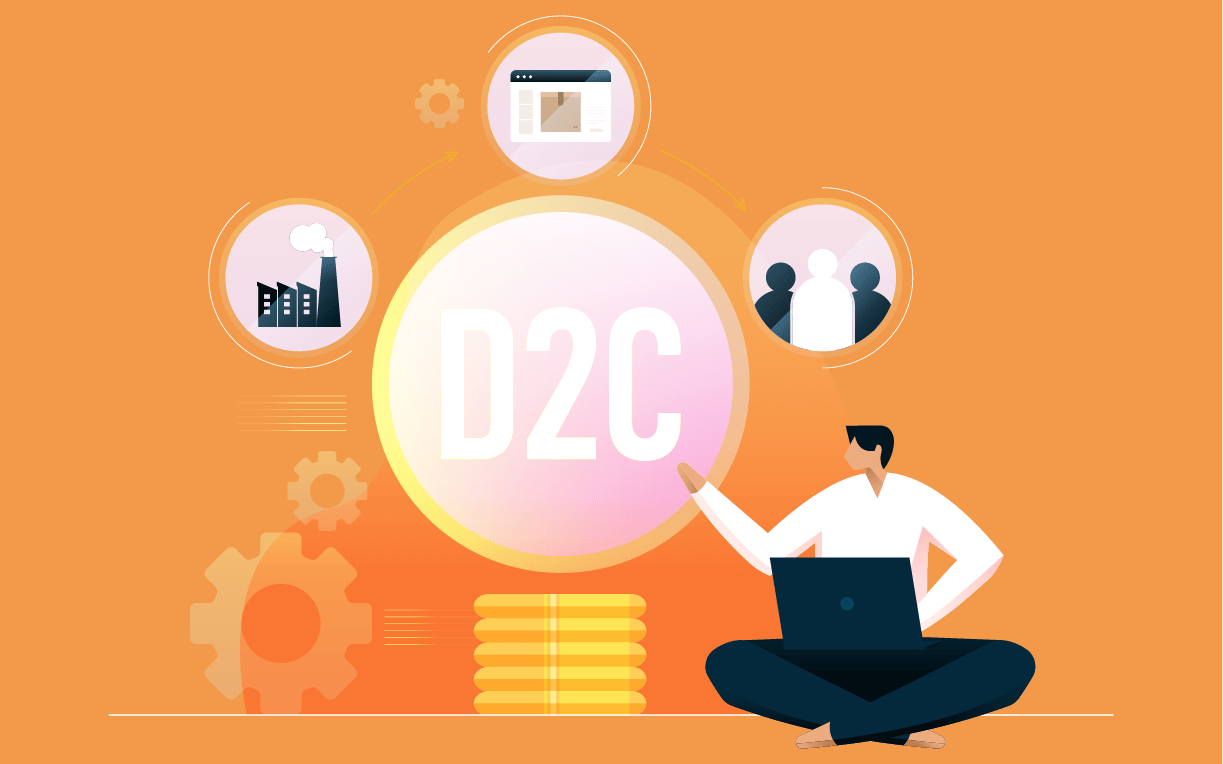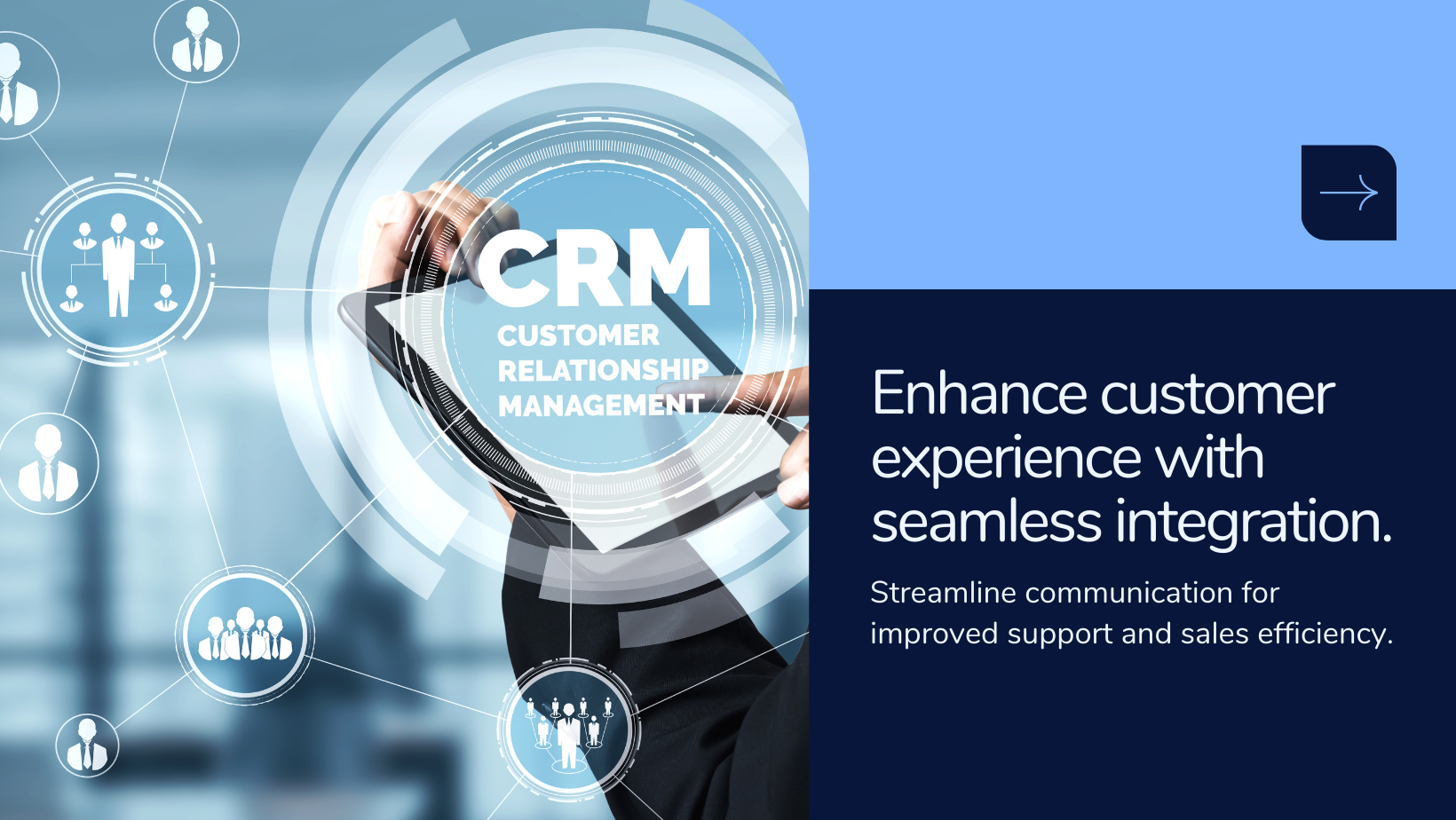Predictive Analytics for D2C Brands in India: Optimizing Product Performance and Promotions.

In the modern era of e-commerce, D2C (Direct-to-Consumer) brands are gaining tremendous popularity in India. With the help of predictive analytics, D2C brands can analyze customer data to predict product demand and make informed decisions about product pricing and promotions. This not only helps them to stay ahead in the competition but also increases customer loyalty. In this blog post, we will discuss how D2C brands in India can use predictive analytics to optimize their product pricing and promotion strategies.
Table of Contents:
Understanding Predictive Analytics
The Benefits of Using Predictive Analytics for D2C Brands in India
How to Use Predictive Analytics to Predict Product Demand
How to Use Predictive Analytics to Determine Product Pricing
How to Use Predictive Analytics to Optimize Product Promotions
Case Studies: Successful Implementation of Predictive Analytics by D2C Brands in India
Challenges and Limitations of Using Predictive Analytics for D2C Brands in India
Future of Predictive Analytics in D2C Brands in India
Conclusion

Understanding Predictive Analytics.
Predictive analytics is the process of analyzing historical and current data to make predictions about future events or trends. It is a subset of data analytics that uses statistical algorithms and machine learning techniques to identify patterns and make predictions.
The Benefits of Using Predictive Analytics for D2C Brands in India.
Using predictive analytics, D2C brands in India can benefit in various ways. Some of the key benefits are:
- Improved Product Pricing: Predictive analytics helps D2C brands in India to identify the optimal price for their products by analyzing customer data and market trends. This enables them to set the right price for their products, which in turn increases sales and revenue.
- Better Product Promotion: By using predictive analytics, D2C brands in India can identify the most effective promotion strategies to attract customers. This helps them to maximize their marketing budget and increase customer engagement.
- Enhanced Customer Experience: Predictive analytics helps D2C brands in India to understand their customers' needs and preferences. This enables them to personalize their offerings, provide better customer service, and increase customer loyalty.
How to Use Predictive Analytics to Predict Product Demand
To predict product demand using predictive analytics, D2C brands in India can follow these steps:
- Collect Data: D2C brands in India need to collect data on customer behavior, demographics, and other relevant factors that influence product demand.
- Analyze Data: Using statistical algorithms and machine learning techniques, D2C brands in India can analyze the collected data to identify patterns and trends.
- Make Predictions: Based on the analyzed data, D2C brands in India can make predictions about future product demand.
- Optimize Inventory: Using these predictions, D2C brands in India can optimize their inventory levels to meet customer demand and avoid overstocking or stockouts.
How to Use Predictive Analytics to Determine Product Pricing
To determine product pricing using predictive analytics, D2C brands in India can follow these steps:
- Collect Data: D2C brands in India need to collect data on market trends, customer behavior, and competitor pricing.
- Analyze Data: Using statistical algorithms and machine learning techniques, D2C brands in India can analyze the collected data to identify patterns and trends.
- Set Optimal Price: Based on the analyzed data, D2C brands in India can set the optimal price for their products that maximizes sales and revenue.
How to Use Predictive Analytics to Optimize Product Promotions
To optimize product promotions using predictive analytics, D2C brands in India can follow these steps:
- Define the Promotion Goal: First, D2C brands should define the promotion goal, such as increasing sales, clearing out inventory, or introducing a new product.
- Identify Promotion Variables: Next, D2C brands need to identify the variables that affect the promotion goal, such as product features, pricing, and discounts.
- Collect Data: After identifying the variables, D2C brands need to collect data from various sources, such as sales history, customer behavior, and market trends.
- Clean and Analyze Data: The collected data needs to be cleaned and analyzed to remove any errors or inconsistencies and identify patterns and insights that can inform promotion decisions.
- Build Predictive Models: Using machine learning algorithms, D2C brands can build predictive models that forecast product demand and predict the impact of various promotion strategies on sales.
- Test and Validate Models: Before implementing any promotion strategy, D2C brands should test and validate their predictive models using historical data to ensure their accuracy and effectiveness.
- Implement Promotions: Finally, D2C brands can use their predictive models to inform their product pricing and promotion decisions, such as offering discounts, bundling products, or running targeted marketing campaigns.
By following these steps, D2C brands in India can leverage predictive analytics to optimize their product promotions and increase their sales and revenue.
Conclusion
Using predictive analytics to forecast product demand and inform product pricing and promotion decisions can help D2C brands in India stay competitive and grow their business in the fast-paced e-commerce market. By collecting and analyzing data, building predictive models, and implementing promotion strategies based on insights and forecasts, D2C brands can optimize their product performance and meet their customers' needs and expectations. With the right tools and techniques, D2C brands can unlock the power of data-driven decision-making and achieve sustainable growth and success in the dynamic world of e-commerce.
FAQs
By following these steps, D2C brands in India can leverage predictive analytics to optimize their product promotions and increase their sales and revenue.
What is predictive analytics?
Predictive analytics is the use of statistical algorithms and machine learning techniques to analyze historical data and make predictions about future events or trends.
How can predictive analytics help D2C brands in India?
An Predictive analytics can help D2C brands in India forecast product demand, optimize product pricing and promotions, and improve overall business performance.
What kind of data is needed for predictive analytics?
To use predictive analytics, D2C brands in India need to collect and analyze data about customer behavior, sales history, market trends, and other relevant factors.
Is predictive analytics expensive to implement?
The cost of implementing predictive analytics can vary depending on the complexity of the analysis required and the tools and resources needed. However, there are many affordable and user-friendly predictive analytics software solutions available today.
How accurate are predictive analytics models?
The accuracy of predictive analytics models can vary depending on the quality and quantity of data available, the complexity of the analysis, and other factors. However, with proper data preparation and analysis techniques, predictive analytics can provide highly accurate insights.
How can D2C brands in India ensure data privacy and security when using predictive analytics?
D2C brands in India should follow best practices for data privacy and security, such as encrypting sensitive data, limiting access to data, and ensuring compliance with relevant laws and regulations.
Can predictive analytics be used to optimize pricing for all types of products?
Yes, predictive analytics can be used to optimize pricing for various types of products, including consumer goods, software products, and services.
How often should D2C brands in India update their predictive analytics models?
D2C brands in India should update their predictive analytics models regularly, ideally on a monthly or quarterly basis, to ensure that they are based on the most current and relevant data.
What are some common challenges when implementing predictive analytics for product pricing and promotion decisions?
Some common challenges when implementing predictive analytics for product pricing and promotion decisions include data quality and availability issues, lack of expertise or resources, and resistance to change within the organization.
What are some best practices for using predictive analytics to inform product pricing and promotion decisions for D2C brands in India?
Best practices for using predictive analytics to inform product pricing and promotion decisions include setting clear goals and objectives, selecting the right data sources and analysis tools, involving relevant stakeholders in the process, and continuously monitoring and refining the analysis.




